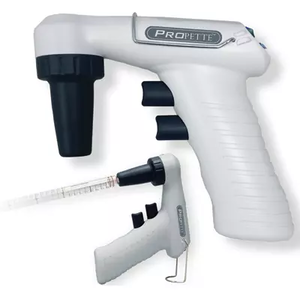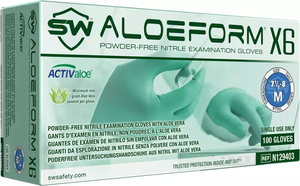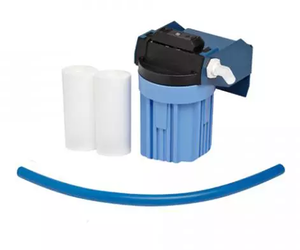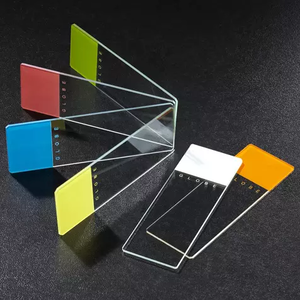
Pipette Controllers allow you to quickly fill and release accurate volumes. They attach to a pipette, which can be glass or plastic, that’s holding the liquid or volume itself. The controller’s job is to be sure you’re dispensing the correct amounts of liquid at the right times, whether you’re doing research in a lab or in a medical setting. This kind of precision is crucial to getting the exact measurements of chemicals and other liquids.

Before nitrile examination gloves were invented, doctors and nurses had no protective covering for their hands. Disposable gloves started with one man’s vision to help his wife prevent rashes from developing on her hands when they were in surgery. In 1889, Dr. William Steward Halstead noticed that his nurse, and later wife, Caroline Hampton, developed rashes from the chemicals she handled. In need of a solution, Halstead reached out to the Goodyear Rubber Co. who created rubber gloves for her hands. This was such a success that eventually his entire surgical staff wore gloves during operations.

Machines that remove heat from a liquid through a vapor-compression or absorption refrigeration cycle are called chillers. The refrigeration cycle chiller creates waste heat that, when removed, results in greater efficiency. To accomplish this, liquid can be circulated through a heat exchanger, thus cooling the equipment. When it comes to vapor-compression chillers, they require compressors which are mechanical devices that can be powered by electric motors, steam, or gas turbines. These chillers utilize four basic types of compression: reciprocating compression, scroll compression, screw-driven compression, and centrifugal compression. Evaporative cooling heat rejection allows their coefficients-of-performance to be very high.

Before we discuss digital microscope cameras, let’s briefly review what distinguishes digital microscopes from other types of microscopes. A digital microscope is a variation of a traditional optical microscope that uses optics and a digital camera to output an image to a monitor via computer software. They usually have their own built-in LED light source, and since the image is focused on the digital circuit, the entire system is designed for the monitor image. There is no provision to observe the sample directly through an eyepiece, as you would find on an optical microscope, and therefore the optics for the human eye are omitted. Digital microscopes are commonly low priced commercial microscopes designed to be used with a computer.